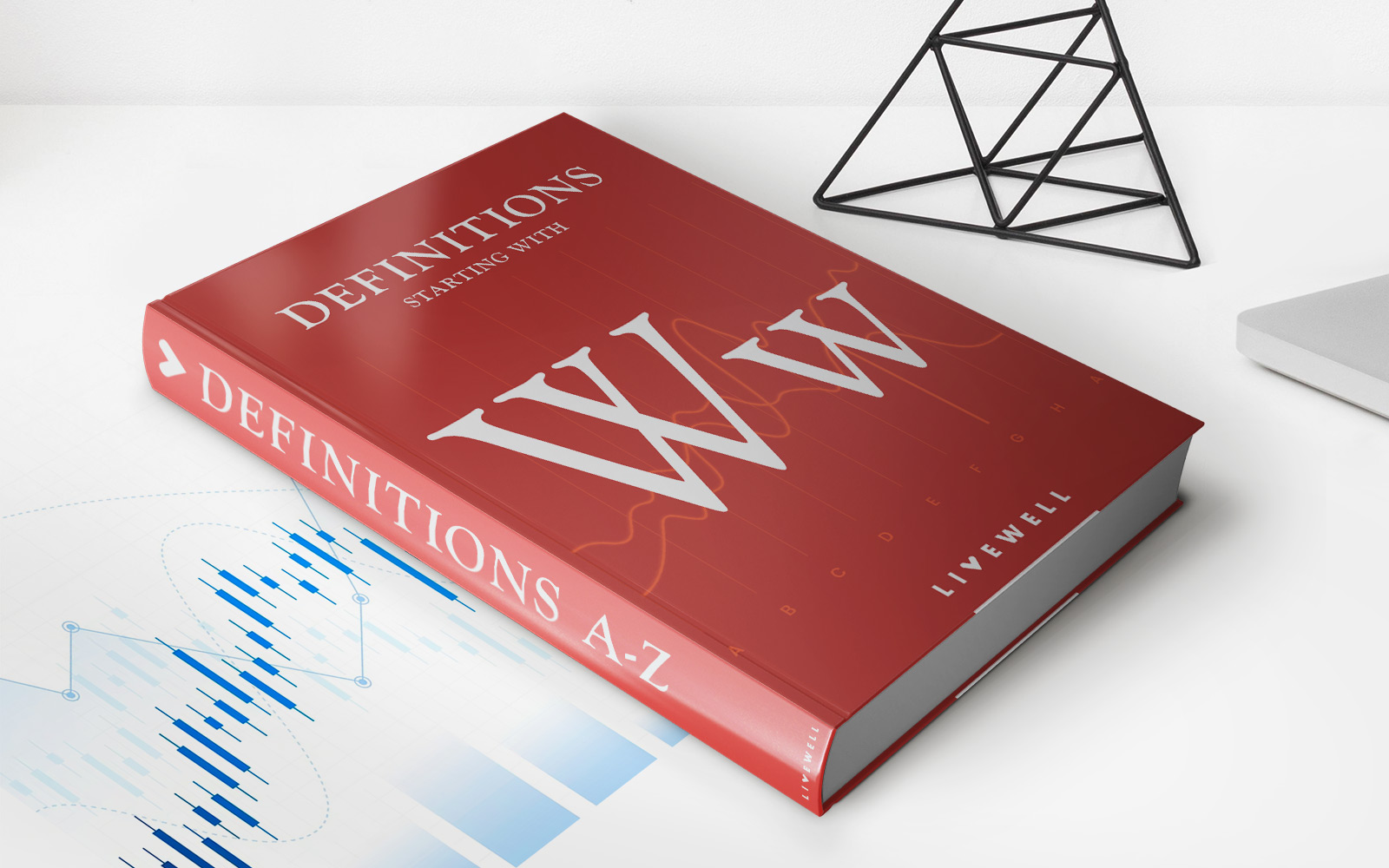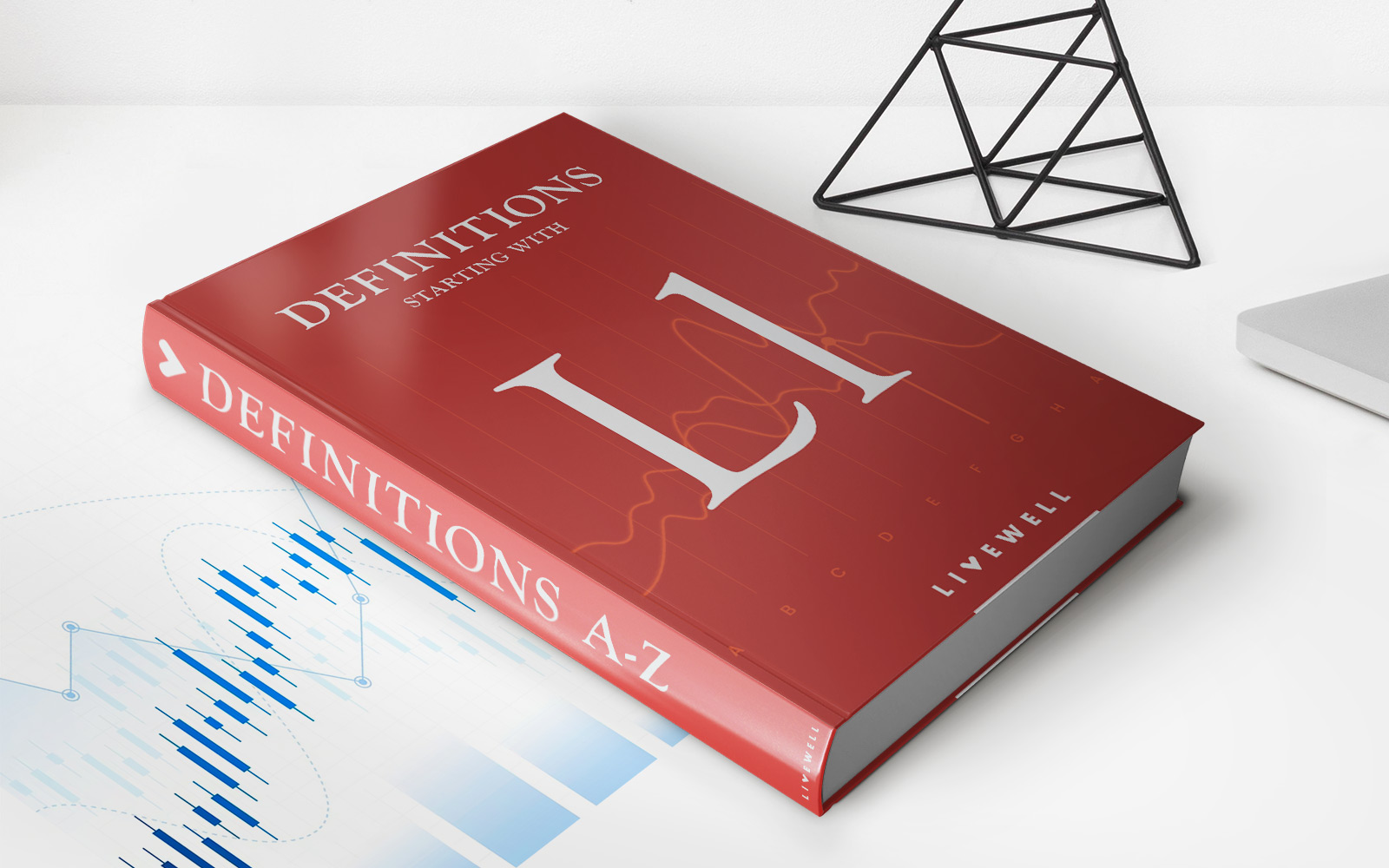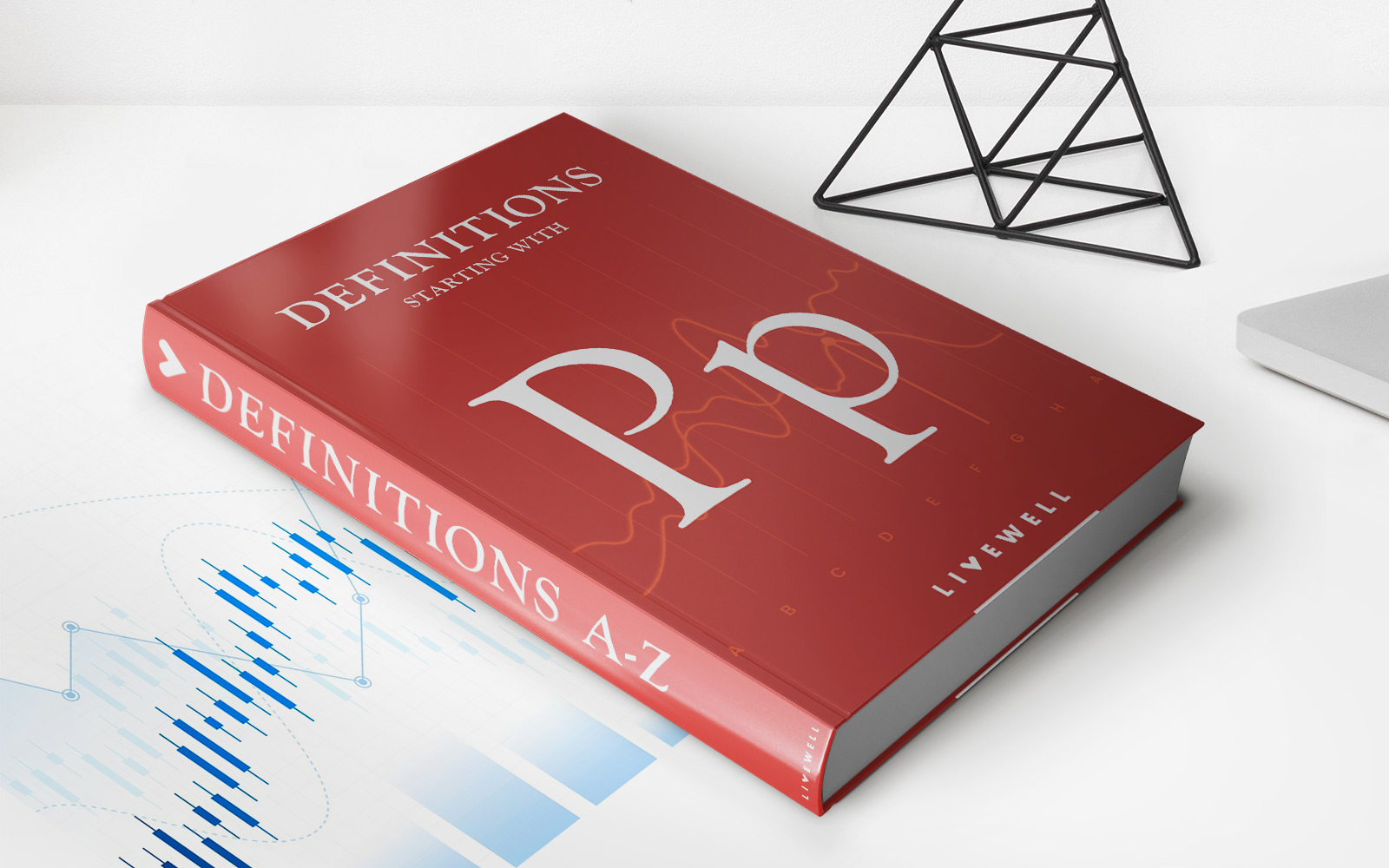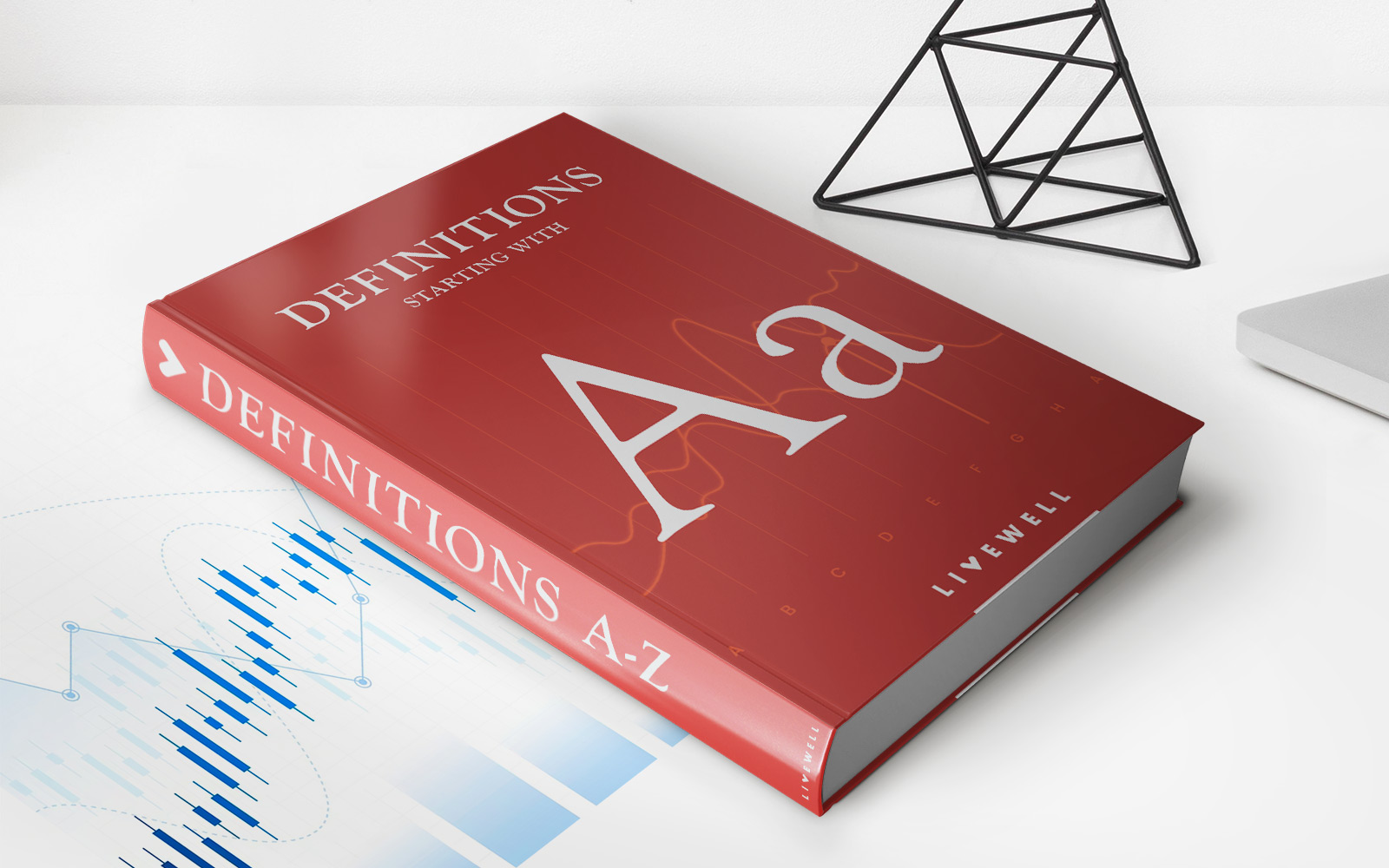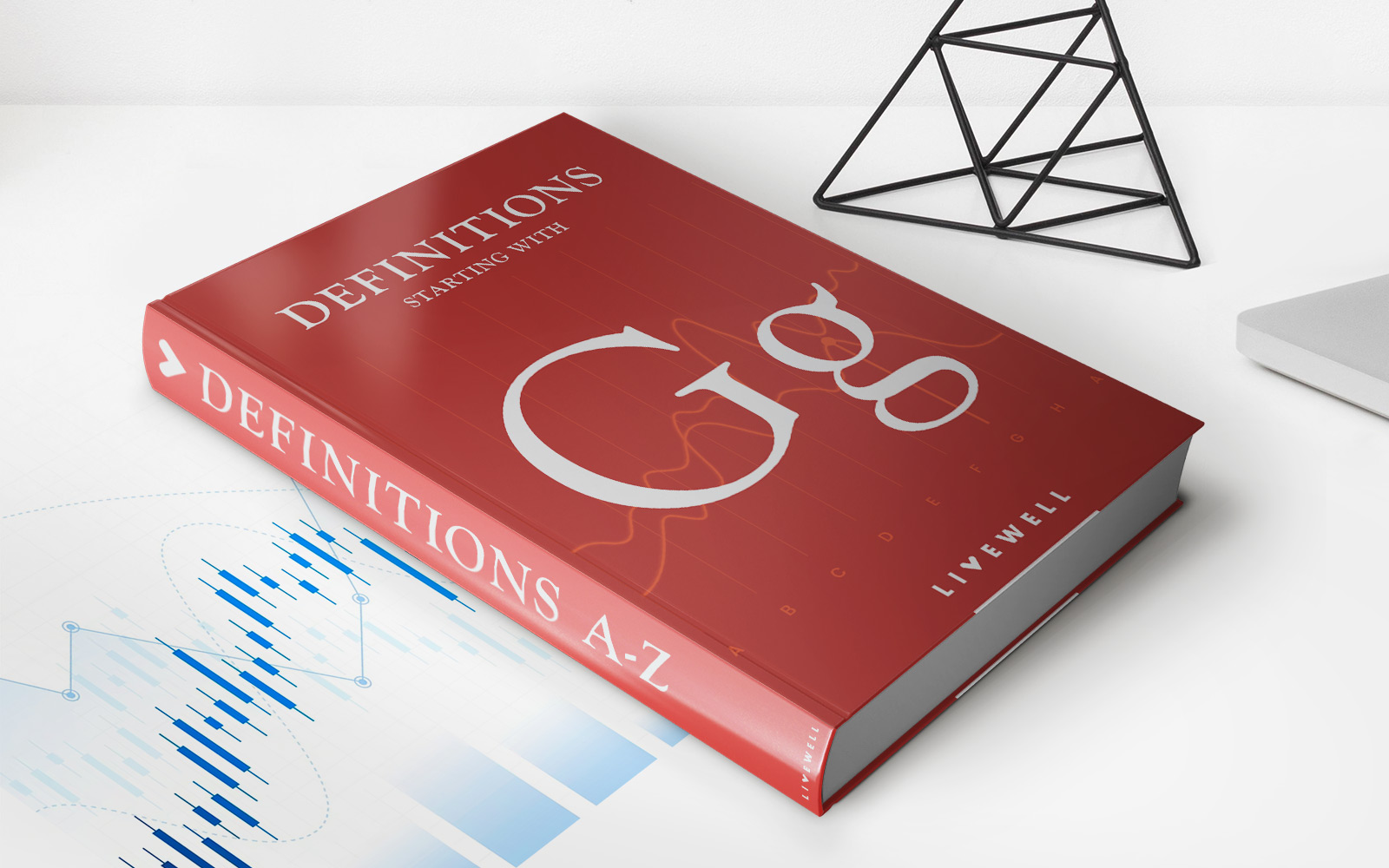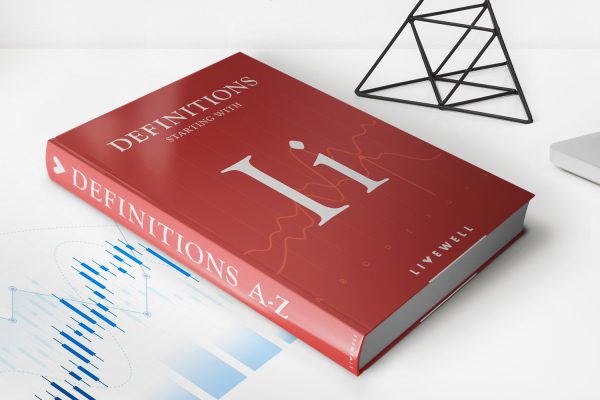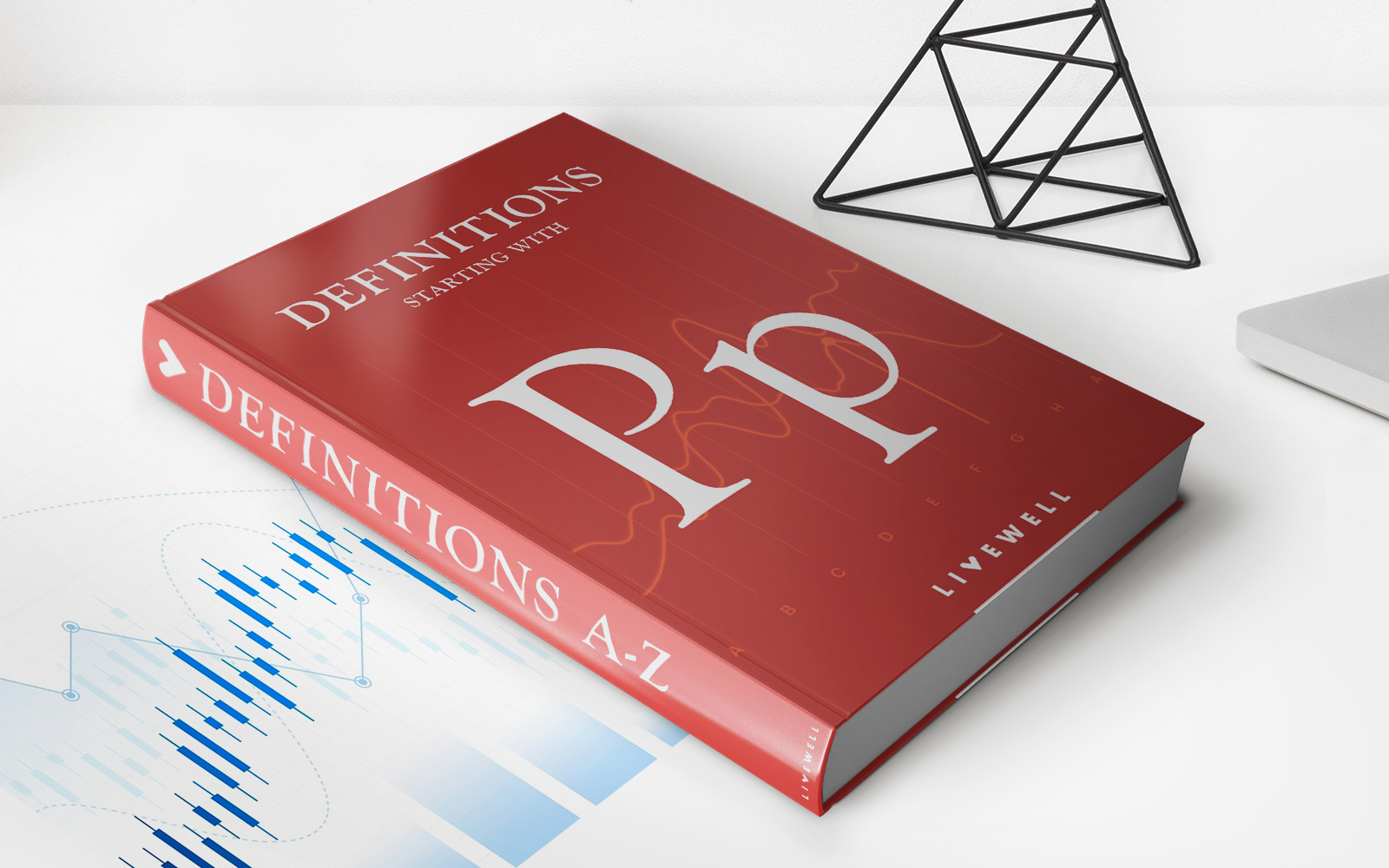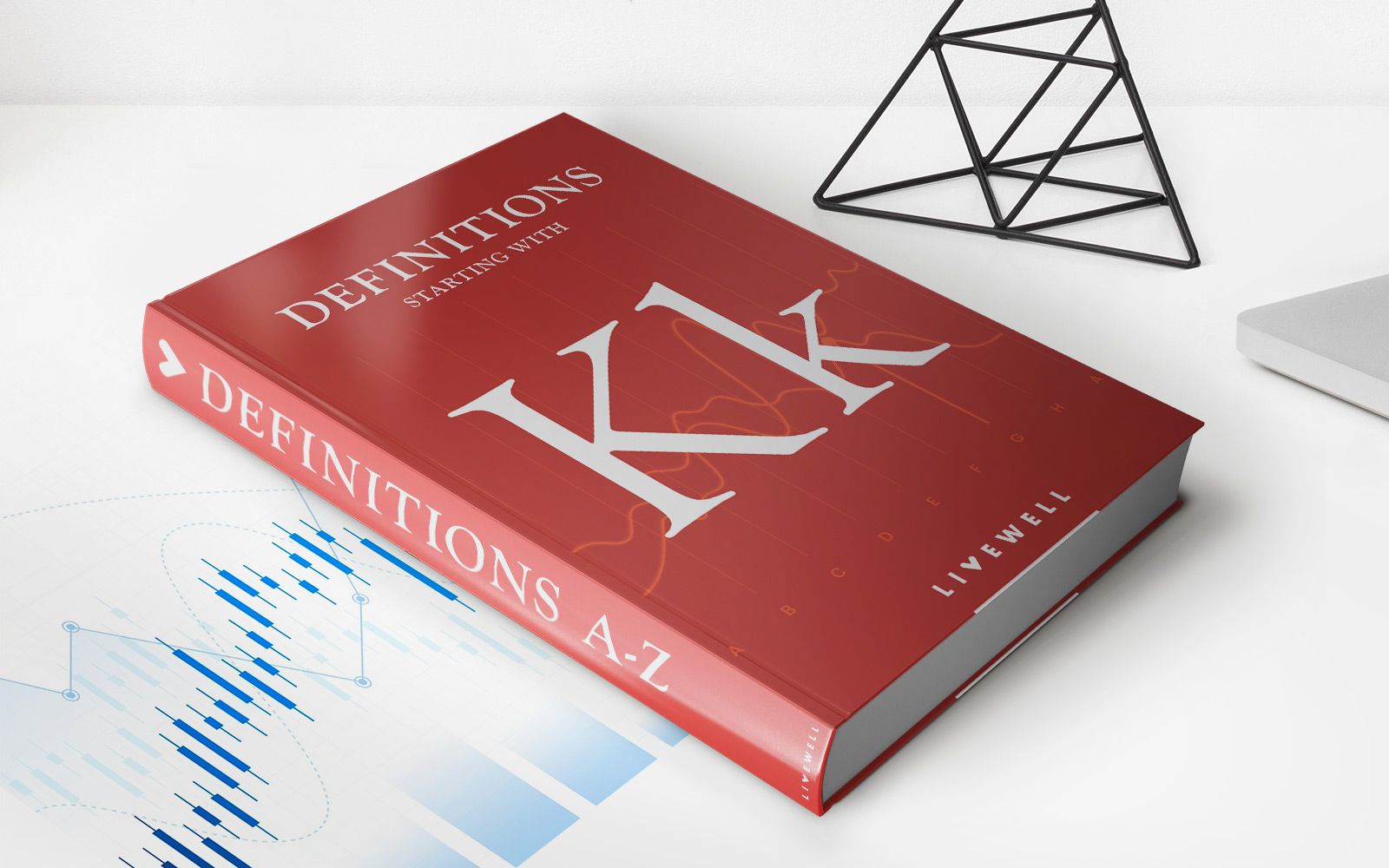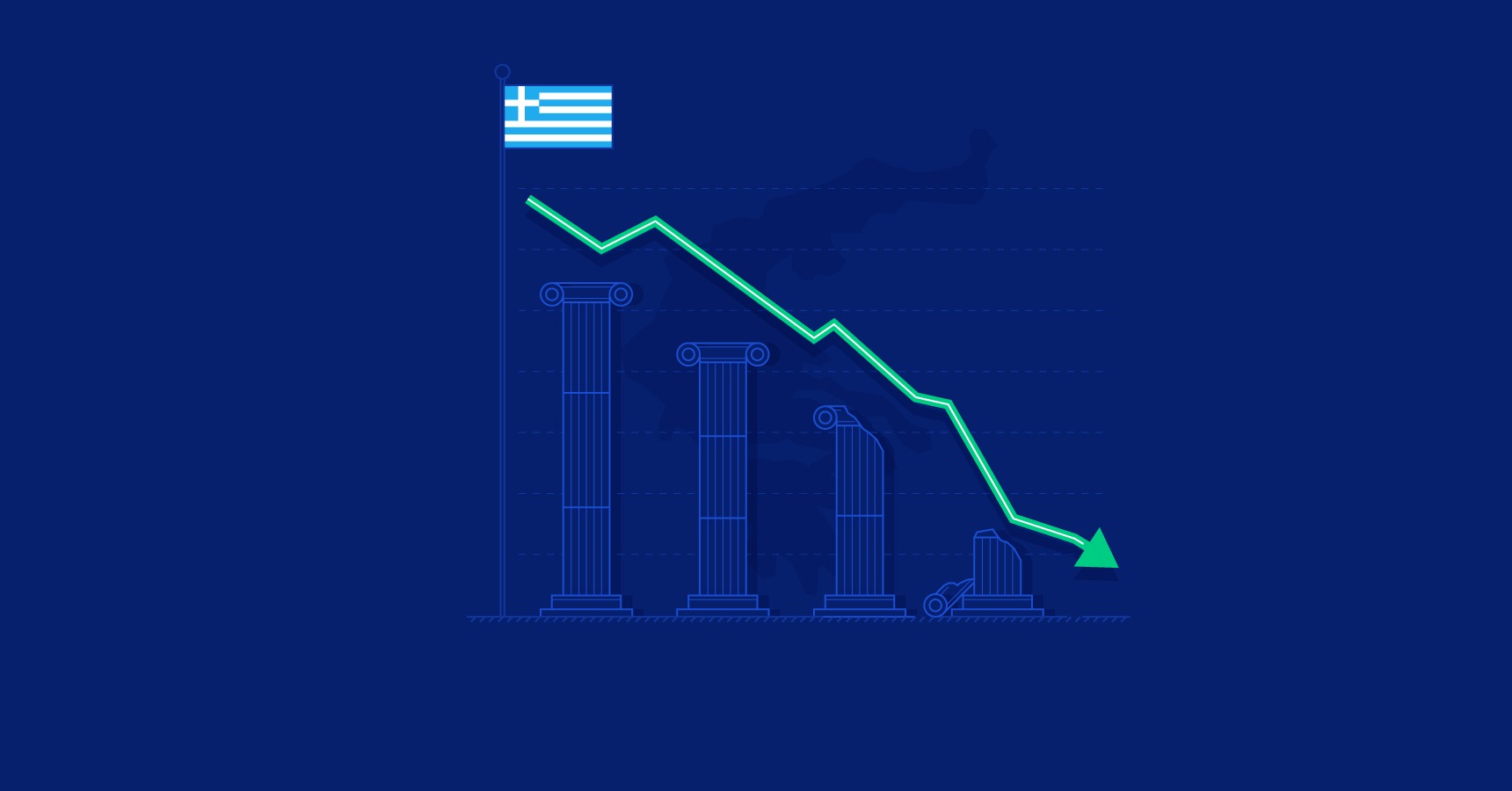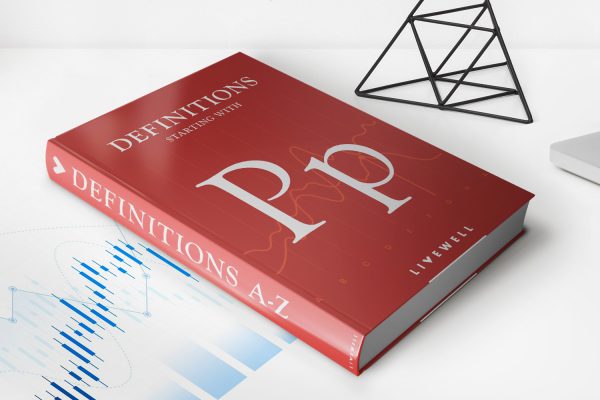
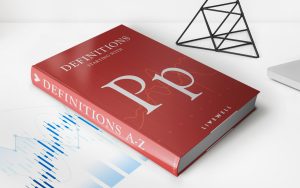
Finance
Period Of Indemnity: Definition And Examples
Published: January 7, 2024
Understanding the period of indemnity in finance and exploring its examples. Gain insights into this crucial concept for financial planning and risk management.
(Many of the links in this article redirect to a specific reviewed product. Your purchase of these products through affiliate links helps to generate commission for LiveWell, at no extra cost. Learn more)
Understanding Period of Indemnity: Definition and Examples
Welcome to our “FINANCE” category where we provide insightful articles to help you navigate the complex world of finance. In this blog post, we will explore the concept of Period of Indemnity, its definition, and provide relevant examples. Whether you are a budding entrepreneur or an individual looking to protect your assets, having a solid understanding of the Period of Indemnity is crucial. So, let’s dive in!
Key Takeaways:
- The Period of Indemnity is a critical component of an insurance policy.
- It is the time period during which the insured party is covered for losses resulting from an insured event.
Now that we have the key takeaways out of the way, let’s delve deeper into the concept of Period of Indemnity. So, what exactly does it mean?
Definition:
The Period of Indemnity refers to the duration for which an insured party is eligible to receive coverage for any losses suffered as a result of an insured event. This period typically starts from the occurrence of the event and ends when the property or asset is restored to its pre-loss condition, or when the business operations return to normalcy.
Now, let’s take a moment to think about a scenario to better understand this concept:
Imagine that you run a small business and a fire breaks out in your office, resulting in significant damage. If you have business insurance coverage with a Period of Indemnity of 12 months, the insurance will compensate you for the loss suffered during this 12-month period, which includes the time it takes to repair or replace the damaged property, as well as any resulting business interruption losses.
During this Period of Indemnity, you may experience a decline in sales, increased expenses due to temporary relocation or business interruption, and additional costs incurred in getting your business back on track. The insurance coverage helps mitigate these financial challenges, allowing you to focus on restoring your business without worrying about the immediate financial burden.
It’s important to note that the Period of Indemnity can vary depending on the type of insurance policy and the specific terms and conditions outlined by the insurer. Some policies may offer shorter periods, while others may have longer durations.
To summarize, here are a few key points about the Period of Indemnity:
- It is the time period during which an insured party is covered for losses resulting from an insured event.
- The Period of Indemnity starts from the occurrence of the event and ends when the property or asset is restored to its pre-loss condition, or when the business operations return to normalcy.
- The coverage during this period helps alleviate the financial burden caused by the insured event, such as repair costs, business interruption losses, and associated expenses.
So, the next time you review your insurance policy, make sure to pay close attention to the Period of Indemnity to ensure adequate coverage for any potential losses. Being well-informed about this concept will empower you to make sound financial decisions and safeguard your assets effectively.
